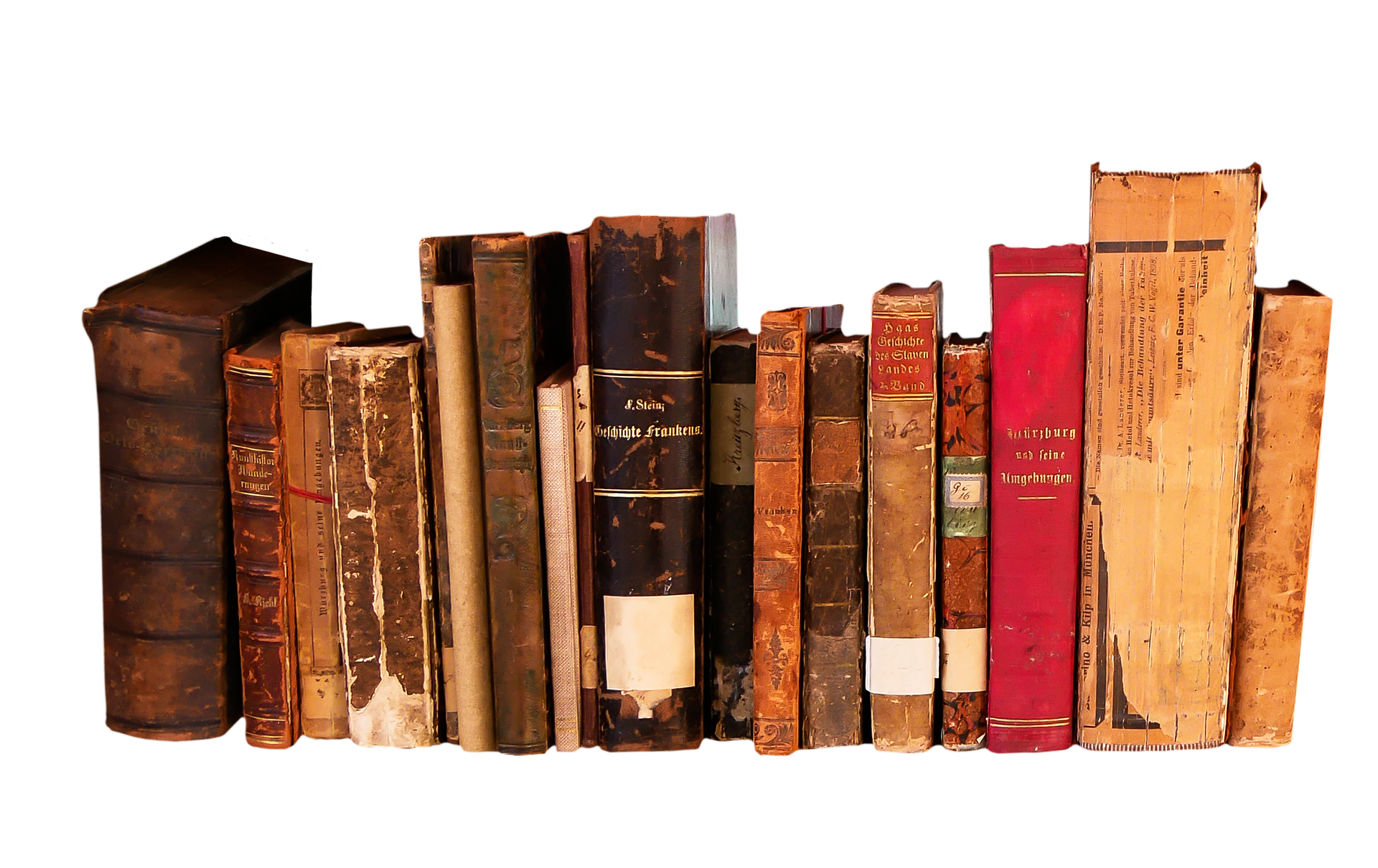
Read our brief history of books, then check out a how-to guide for simple DIY bookbinding.
All About Creativity
Makerspaces and projects are important for kids of all ages — and adults, too! A large and growing body of research, like that cited by Sylvia Martinez for Edutopia and by Sue McCleaf Nespeca for the Association for Library Service to Children, indicates that engaging with technology and materials to solve problems, play, tinker and explore is key to creative development. Some makers choose to employ technology in their projects while others prefer hands-on DIY activities, crafting and other tactile projects.
Ancient Origins and Modern Crafts
Bookbinding is one DIY activity that makers of all ages may enjoy. But first, let’s explore a bit of background from Dahl’s History of the Book! Did you know the first “books” were actually papyrus scrolls created around 2400 B.C. in ancient Egypt? Books in their modern sense, bound with covers and pages, were developed later during the Greek and then Roman empires between 500 B.C. and A.D. 300. During the Middle Ages books became beautiful works of art that took years to bind, hand copy and illuminate (illustrate) with precious jewels. They were so valuable that many collections were kept chained to the bookshelves!
Now that you’ve learned the history, why not try it yourself? Making a simple book at home could not be easier, and it’s a great activity for school-age children. A handmade book could be used to keep a nature journal, a diary, a sketchbook, a first novel, a list of goals, or a conversation between parent and child where the book is passed back and forth. Click here for Simple Pamphlet Stitch Book instructions.
Want More? Check Out Books About Books
Visit your library or search the catalog online to find more books on the history of books and bookbinding. Here’s a list from Tysons-Pimmit Library’s youth services manager, Roxanne, to get you started!
History of the Book for Kids
- Book by Karen Brookfield
- Johann Gutenberg and the Amazing Printing Press by Bruce Koscienlniak
- You Wouldn’t Want to Live Without Books by Alex Woolf
- Book by John Agard

